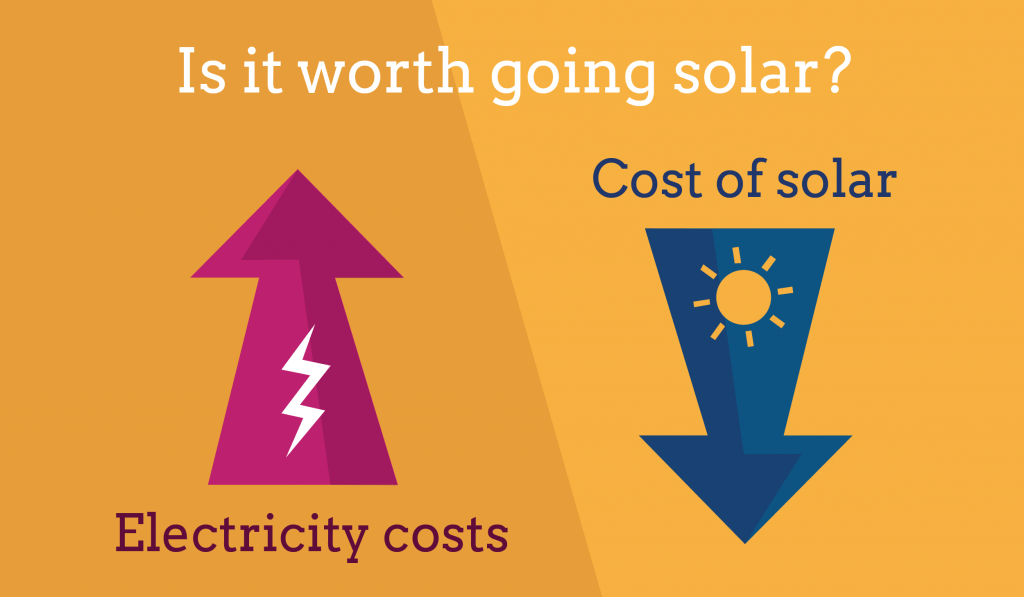A short history of energy opportunity and advance toward energy rule
Energy opportunity works through switch closeout, where each affiliation offers to sell its energy at the most diminished conceivable rate. Free affiliations buy the energy expected to suit the exceptional they expect, and Power to Choose the best rate for their clients.
Energy, as required, went on through the current utility foundation. The assistance affiliations that own the design are answerable for sending energy, at any rate not for setting the rate Reliant Energy Rates . This cycle licenses energy clients to get equivalent help, at any rate at a rate that meets their requirements.
A short history of energy opportunity :
What is an energy opportunity? To truly get a handle on the capacity of a liberated energy market, you need to comprehend the chronicled setting of energy in the U.S.
Energy in the early United States
At the beginning of power and burnable gas utilization, energy utilities were not directed. Utilities searched for clients, which held costs down. Purdue University considered that to be cross country interest for energy broadened, power affiliations reacted by building more noteworthy force plants, which further reduced energy costs.
To remain barbarous, organization affiliations wanted to manage the ability of their energy creation and development structures. This accomplished a common benefit for utilities and energy clients the same, with reasonable energy and energetic monetary development.
Shockingly, quick new development and weak association unfavourably impacted the foundation. Various affiliations made and sent energy, and oversaw development suddenly. Without a uniform technique to pass on energy, energy clients regularly moved away from everyone’s notice, and some were even left without association.
Moreover, while utilities were intended to convey, pass on and course energy, barely any assistance relationship of the time played out the entirety of as far as possible. This accomplished a wrecked construction with clashing execution and widely fluctuating costs.
1) An advance toward energy rule
To address these issues and arrange reliable assistance to energy clients, the US government passed the Public Utility Holding Company Act (reliably suggested as “PUHCA”) in 1935. PUCHA was a reaction to the restricted key techniques maintained by enormous utility holding affiliations, which were becoming energy constraining game plans. For example, by the mid-1930s, three such holding affiliations controlled fundamentally a colossal piece of the utility business in the United States.
Costs rose inside and out further during the energy emergencies that controlled the 1970s when spikes in oil costs broadened energy costs. Considering high gas costs, organization affiliations started costly improvement projects as they changed to plants that made power utilizing coal or uranium. The expense of these mammoth activities was gone to energy clients, who had no veritable other option except to pay what the assistance affiliations referenced.

2) The FERC and energy opportunity
Indeed, even with more outrageous costs, different assisted relationships with managing the cost of the expenses from building their new force plants. Many wavered essentially segment 11, while others referenced that NERC controllers support significantly more critical cost climbs. Unquestionably the energy structure was again in an emergency, this time because of the incredibly administrative activities intended to screen it.
In 1977, the public government reacted with the Federal Energy Regulatory Commission (FERC). FERC made the striking advance of liberating the energy business, surrendering it to specific states to close how to supply energy to energy clients. With a now-standard energy structure, it was attainable to bring market conflict once more into still open to question to reduce down energy expenses.

